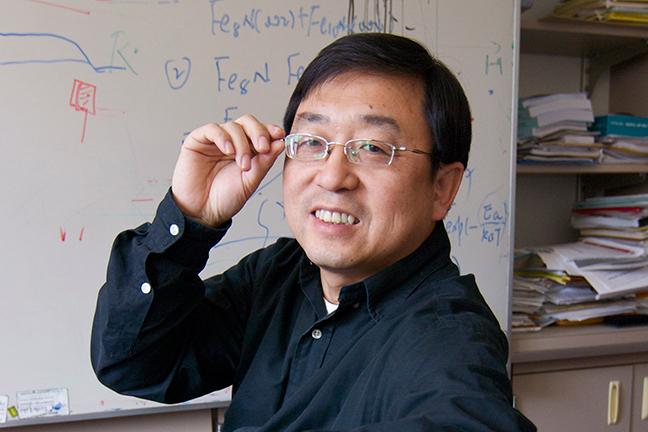Communications of the ACM
New Research Center to Explore Spintronics Materials for Advanced Computing

The University of Minnesota College of Science and Engineering announced that it will lead and house a new $10.3 million Center for Spintronic Materials in Advanced Information Technologies (SMART) focused on novel materials for advanced computing systems over next four years.
This center is supported through the Nanoelectronic Computing Research (nCORE) consortium. The key sponsors include the U.S. Department of Commerce's National Institute of Standards and Technology, the Semiconductor Research Corp., 12 semiconductor industry sponsors, and the U.S. National Science Foundation.
The center will include researchers from the Massachusetts Institute of Technology, Pennsylvania State University, Georgetown University, and the University of Maryland.
Spintronics focuses on the magnetic "spin" properties of electrons, as opposed to their charges, which is the focus of electronics. Spintronics offers advantages over electronics such as higher speeds, lower energy needs, and non-volatility of the data. Advances in the materials needed for spintronics devices could enable new computational systems, including systems inspired by the human brain that promise to dramatically improve the efficiency of important computational tasks.
The new center will bring together top experts in the fields of spintronic materials and device research.
"The future of our computing will require a complete shift in how we think about these systems," says SMART Director Jian-Ping Wang, a University of Minnesota Distinguished McKnight University Professor and Robert F Hartmann Chair in Electrical Engineering. "We will need computing structures that mimic brain and biological systems, new ways to store information for big-data applications, and reconfigurable structures that are adaptive to changing application needs."

the new Center for Spintronic Materials in Advanced Information Technologies (SMART)
led by the University of Minnesota.
These systems will need to be error-resilient and will require high-endurance devices, Wang says. Spin-based materials and devices provide an ideal platform to satisfy these requirements. The inherent non-volatility of spintronic materials also offers abundant possibilities for developing novel spin devices for a wide variety of information processing needs, Wang says.
"Driven by the needs of well-defined next-generation computing architectures and paradigms, SMART is a materials-focused research center that also incorporates development of spintronic devices and measurement techniques," says SMART Associate Director Caroline Ross, Toyota Professor of Materials Science and Engineering at MIT.
SMART research will focus on advanced spintronic materials research in three classes that have shown exceptional promise in recent years: novel spin-orbit torque materials, ultra-low loss spin-wave materials, and magneto-ionic materials.
The University of Minnesota has previously housed the SRC-DARPA jointly funded STARnet Center for Spintronic Materials, Interfaces, and Novel Architectures (C-SPIN) Center over the last five years.
NIST launched the nCORE consortium in 2017 with SRCco, a not-for-profit subsidiary of the Semiconductor Research Corp. The precompetitive research supported by nCORE explores fundamental materials, devices, and interconnect solutions to enable future high-performance computing beyond conventional transistor technologies and classical information processing and storage.
No entries found